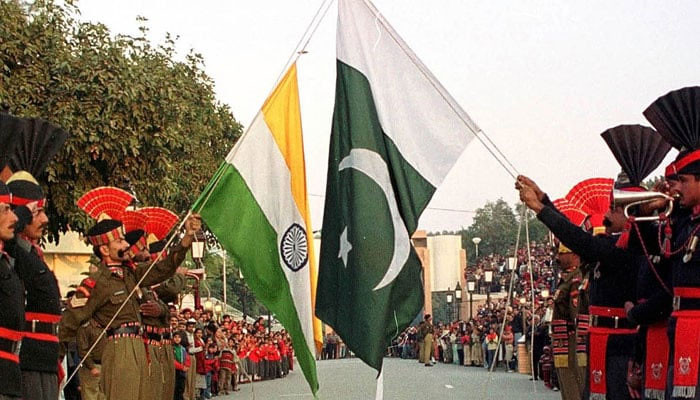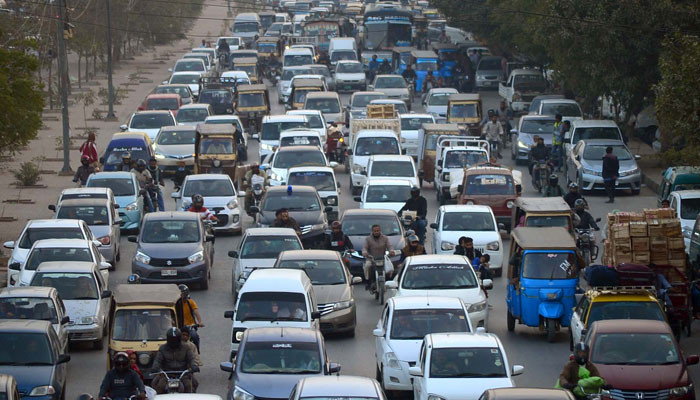Business
The business case for clean air
字号+ Author:Smart News Source:Health 2025-01-13 05:52:12 I want to comment(0)
It’s that time of year again. Lahore, once known for its vibrant culture and lively winters, is now in a thick blanket of hazardous smog. The Air Quality Index (AQI) recently crossed 1,000 — categorising it as “extremely hazardous” — with serious implications for public health, economic productivity, and the city’s long-term viability. Lahore’s smog, often termed the “fifth season” of South Asia, has become an annual disaster, cutting an average of five years from the lives of its citizens. While many residents are urged to take individual precautions like wearing masks, installing air purifiers, and staying indoors, these solutions are impractical for the majority of Pakistanis. What about the daily wage labourer who must spend over 12 hours outdoors? Or the middle-income families who can’t afford costly air purifiers? Beyond the health toll, Lahore’s smog has a massive economic impact. Productivity losses due to health issues, school closures, and business disruptions add up to billions of rupees every year. Daily wage labourers lose critical income, and families incur significant medical expenses to treat respiratory illnesses. The costs are not just borne by individuals — they ripple through the economy, slowing growth and discouraging investment in the region. Despite the urgent need for action, the government’s response has been fragmented and ineffective. Artificial rain projects and short-term visibility campaigns dominate headlines but do little to address the core issues. Punjab’s lack of coordination across departments has allowed the crisis to fester, with overlapping but ineffective initiatives yielding only short-term results. Less polluted air will improve health outcomes, boost productivity, and enhance the city’s appeal to investors and tourists Smog is not inevitable. Solutions exist and have been successfully implemented in other countries. What’s missing is the political will and coordinated effort to enforce these solutions comprehensively. Transportation is a contributor to smog, and fixing it requires a multi-pronged approach. Lahore needs an extensive and efficient public transport system to reduce reliance on private vehicles. This would lower emissions while making commuting more affordable. Offering subsidies and incentives for the adoption of electric vehicle (EV) can significantly reduce air pollution. Establishing EV infrastructure like charging stations is key for this transition. The government must move from Euro 2 fuel standards to Euro 6, which minimises the pollutants that cause photochemical smog. Industrial emissions are a significant source of smog, particularly in Punjab’s manufacturing hubs. All factories should be required to install scrubbers to filter pollutants before they are released into the air. Non-compliant factories must face financial penalties, incentivising cleaner operations. Regular monitoring and public disclosure of industrial emissions can hold corporations accountable. Agricultural residue burning contributes heavily to smog, especially during the winter months. Addressing this requires supporting farmers. Tools like happy seeders and shredders can help farmers safely remove crop residue without resorting to burning. Crop waste can be converted into biofuel, providing farmers with an additional income stream while reducing pollution. The government must shift its focus from publicity-driven projects to impactful, evidence-based strategies. This requires breaking down departmental silos and fostering collaboration between the transport, agriculture, environment, and industrial sectors. Without accountability and transparency, even the best plans will fail to deliver results. Public pressure is also critical. Citizens must demand clean air as a fundamental right, urging leaders to prioritise smog mitigation as a top agenda item. Civil society, non-governmental organisation, and the media can amplify these demands, keeping the spotlight on the urgency of the crisis. Lahore’s smog isn’t just a public health issue — it’s a litmus test for the government’s commitment to sustainable development. Cleaner air will improve health outcomes, boost productivity, and enhance the city’s appeal to investors and tourists. While upfront investments in public transport, cleaner industries, and agricultural reforms may seem costly, the long-term economic and social benefits far outweigh these expenses. The citizens of Lahore are paying the price for years of neglect, with their health, livelihoods, and futures on the line. As smog season envelops the city once again, the urgency of the moment cannot be overstated. It’s time to move beyond short-term fixes and implement the systemic changes needed to secure a healthier, more sustainable future for Lahore and its people.
1.This site adheres to industry standards, and any reposted articles will clearly indicate the author and source;
 Related Articles
Related Articles-
Desperate for cash, Gazans sell clothes plucked from rubble
2025-01-13 05:30
-
Gazans at long-term risk from conflict remnants: NGO
2025-01-13 05:05
-
Ahmed-Bilal win doubles tennis title
2025-01-13 05:01
-
Three more cases of poliovirus in Balochistan, KP take year’s tally to 55
2025-01-13 04:53
 User Reviews
User Reviews Recommended Reads
Recommended Reads Hot Information
Hot Information- World looks to G20 in Rio for breakthrough in climate talks
- Kurram atrocity
- UAE arrests three suspects in killing of Israeli rabbi
- Death of Rangers officials spark controversy amid political tensions in Islamabad
- World reacts to ICC warrants against Netanyahu, Gallant
- From The Past Pages Of Dawn: 1949: Seventy-five years ago: Serving Islam
- Haider slams ton as Shaheens thrash Sri Lanka ‘A’
- FICTION; Marketing over merit
- Two injured in police firing at picket
 Abont US
Abont US
Follow our WhatasApp account to stay updated with the latest exciting content











